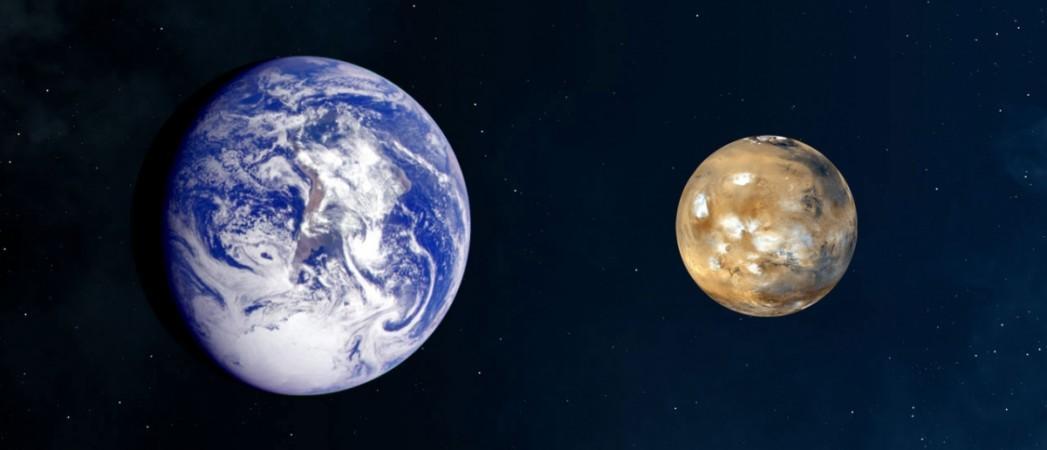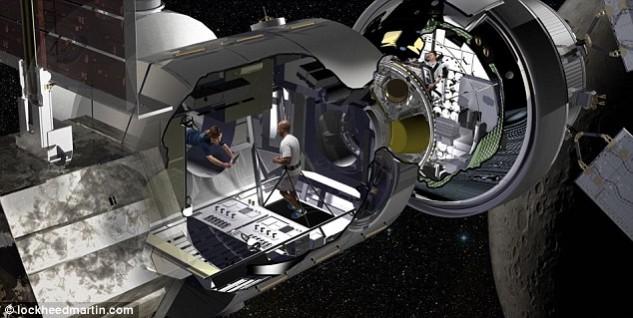
As we all know, humans have long been planning to embark upon a journey to Mars. They want to colonise the Red Planet and make it the second home for earthlings. Now, where will they stay on Mars? Will we construct multistoried buildings there like the ones we have on Earth? Well, not exactly! Special arrangements are needed to reside there. Now, Lockheed Martin has recently shared the first glimpse of such a habitat for humans.
At the Kennedy Space Center, they unveiled the first look of an enormous cylindrical home, which will let the humans live happily on Mars and also other deep space destinations. This prospective human's habitat is expected to keep the earthlings safe even in the most hostile conditions in space. This habitation is capable of accommodating for individuals comfortable, which falls in line with the human exploration goals of NASA.
While it's quite exciting; Lockheed Martin has shared only one image of this high-tech deep space home following their presentation at the Kennedy Space Center.

To be noted here, recently the American space agency NASA had given the global aerospace company and five other enterprises a total of $65 million for developing a prototype of a home in space for the humans.
All these companies are scheduled to submit their prototypes by the end of this year. After all the companies submit their designs, NASA will review each of their proposals in order to understand each of the systems better.
Lockheed Martin's habitat system's design is essentially based on Donatello Multi-Purpose Logistics Module's design. The cylindrical home space is around 22 feet in length and its diameter is around 15 feet. It is capable of supporting four people for around 30 to 60 days. Astronauts can live as well as conduct experiments in this habitat.
According to the program manager Bill Pratt, the system is more like an RV in space, where "your table becomes your bed and things are always moving around."
Lockheed Martin's habitat module is also a part of the Deep Space Gateway of NASA, where it would serve as a platform, which will orbit the moon and become a foundation for the humans to explore the solar system more closely.

















